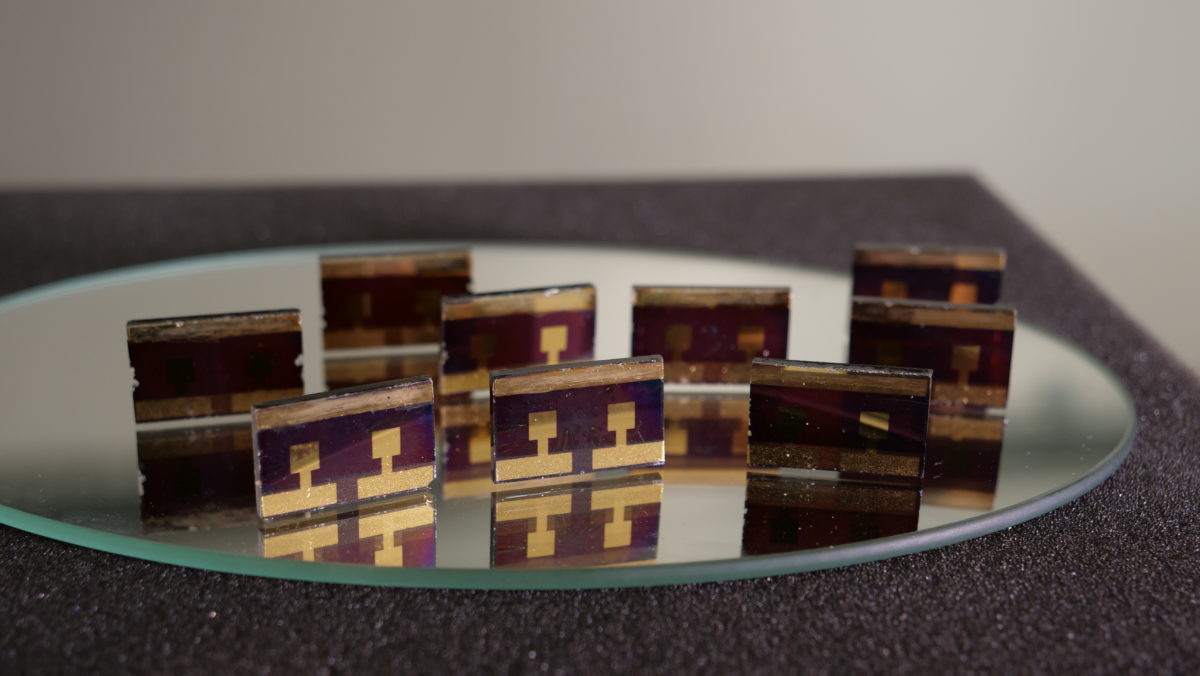A group of researchers from Switzerland's Adolphe Merkle Institute (AMI) at the University of Fribourg has developed a methylammonium-free perovskite solar cell with the same levels of efficiency of cells based on perovskite containing methylammonium (MA) molecules.
According to a paper published in the journal Science, the scientists have replaced the thermally unstable MA molecules with inorganic elements such as rubidium and cesium, thus obtaining more optimal bandgaps and stable perovskites. MA remains a principled risk factor for long-term stability and should thus be avoided, as the industry cannot afford the long-term risk factor of MA, they claim.
“These new perovskites can also harvest more sunlight, meaning they are more efficient and therefore more profitable,” said Michael Saliba, the photovoltaics group leader at AMI. The scientists developed the new cells on a planar architecture, while also improving improving perovskite interfaces through polymeric buffer layers.
Popular content
The cells developed by the AMI research team have an efficiency of 20.35%. “This is one of the highest for MA-free perovskites, with a drastically improved stability reached without the stabilizing influence of mesoporous interlayers,” the scientists also explained.
“With small additional improvements, perovskite solar cells can become a commercial reality within a short time,” they added.
This content is protected by copyright and may not be reused. If you want to cooperate with us and would like to reuse some of our content, please contact: editors@pv-magazine.com.



By submitting this form you agree to pv magazine using your data for the purposes of publishing your comment.
Your personal data will only be disclosed or otherwise transmitted to third parties for the purposes of spam filtering or if this is necessary for technical maintenance of the website. Any other transfer to third parties will not take place unless this is justified on the basis of applicable data protection regulations or if pv magazine is legally obliged to do so.
You may revoke this consent at any time with effect for the future, in which case your personal data will be deleted immediately. Otherwise, your data will be deleted if pv magazine has processed your request or the purpose of data storage is fulfilled.
Further information on data privacy can be found in our Data Protection Policy.